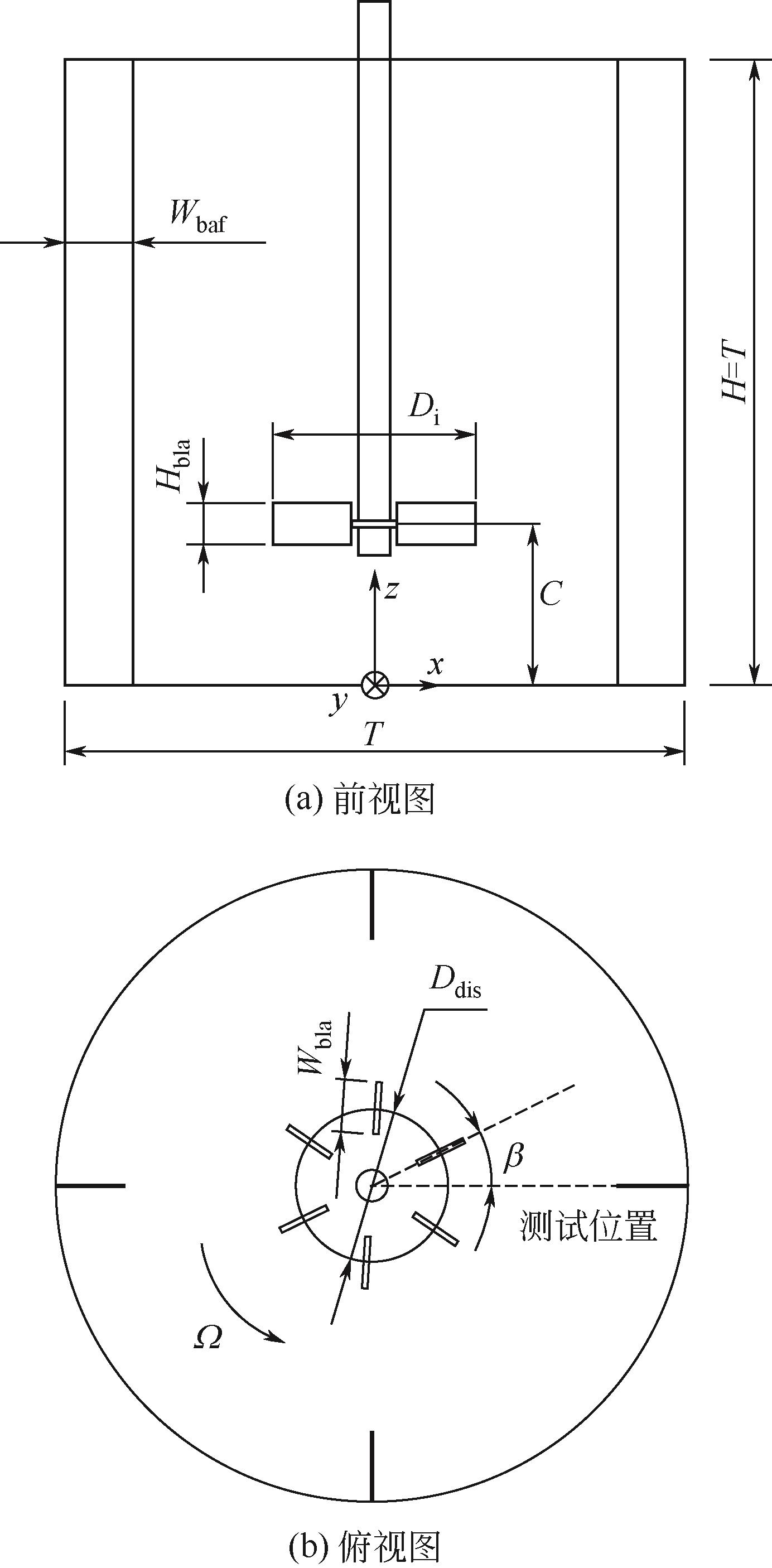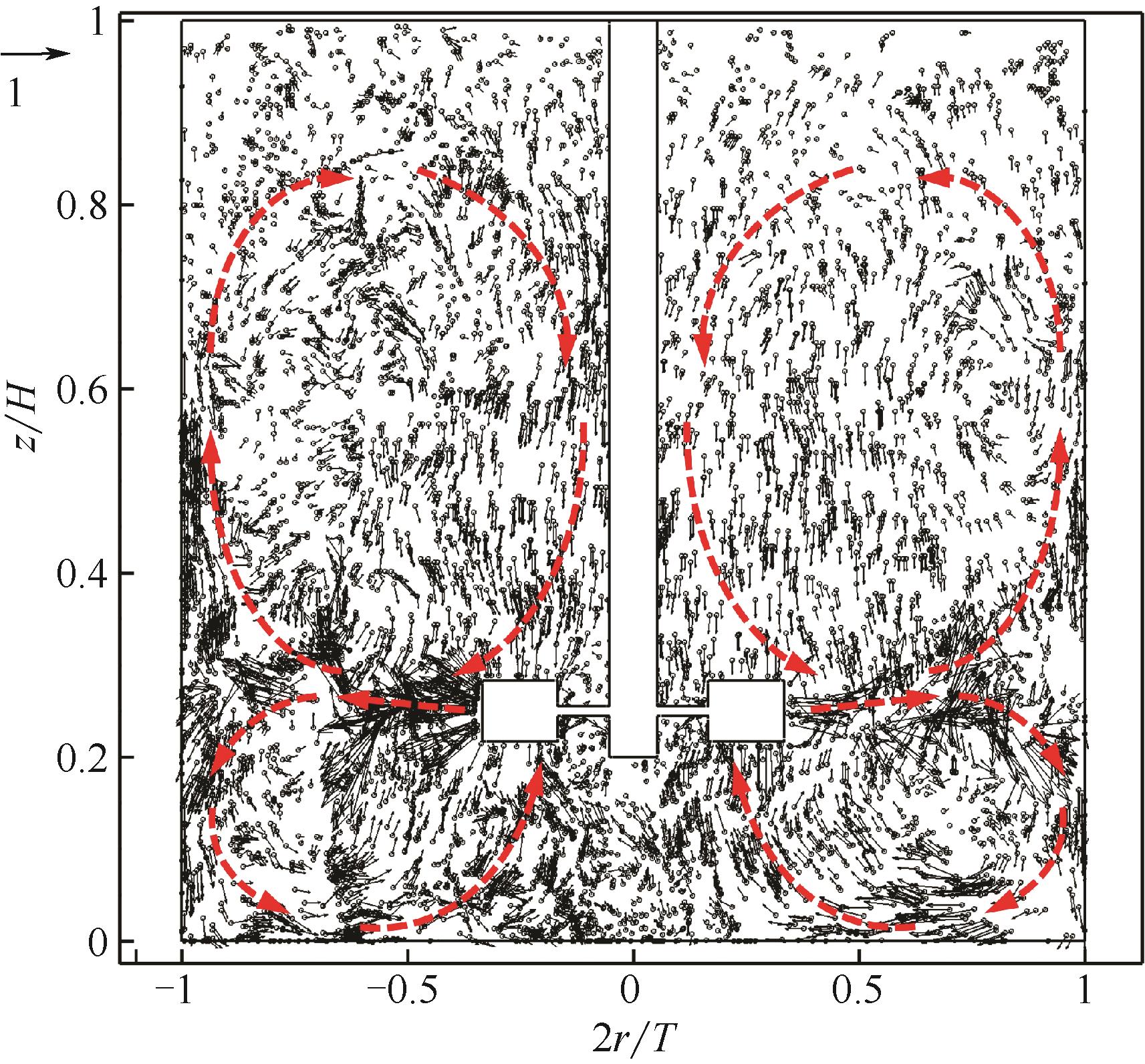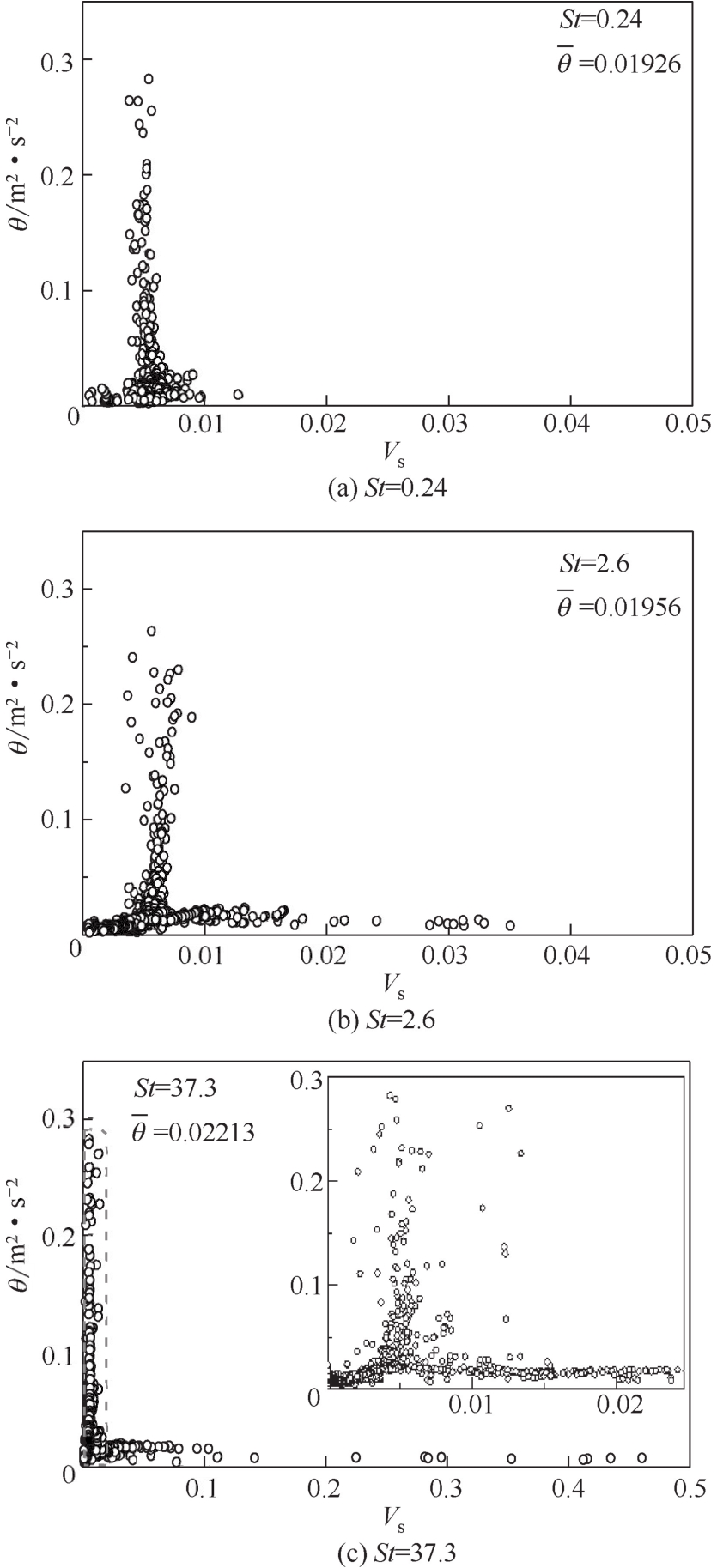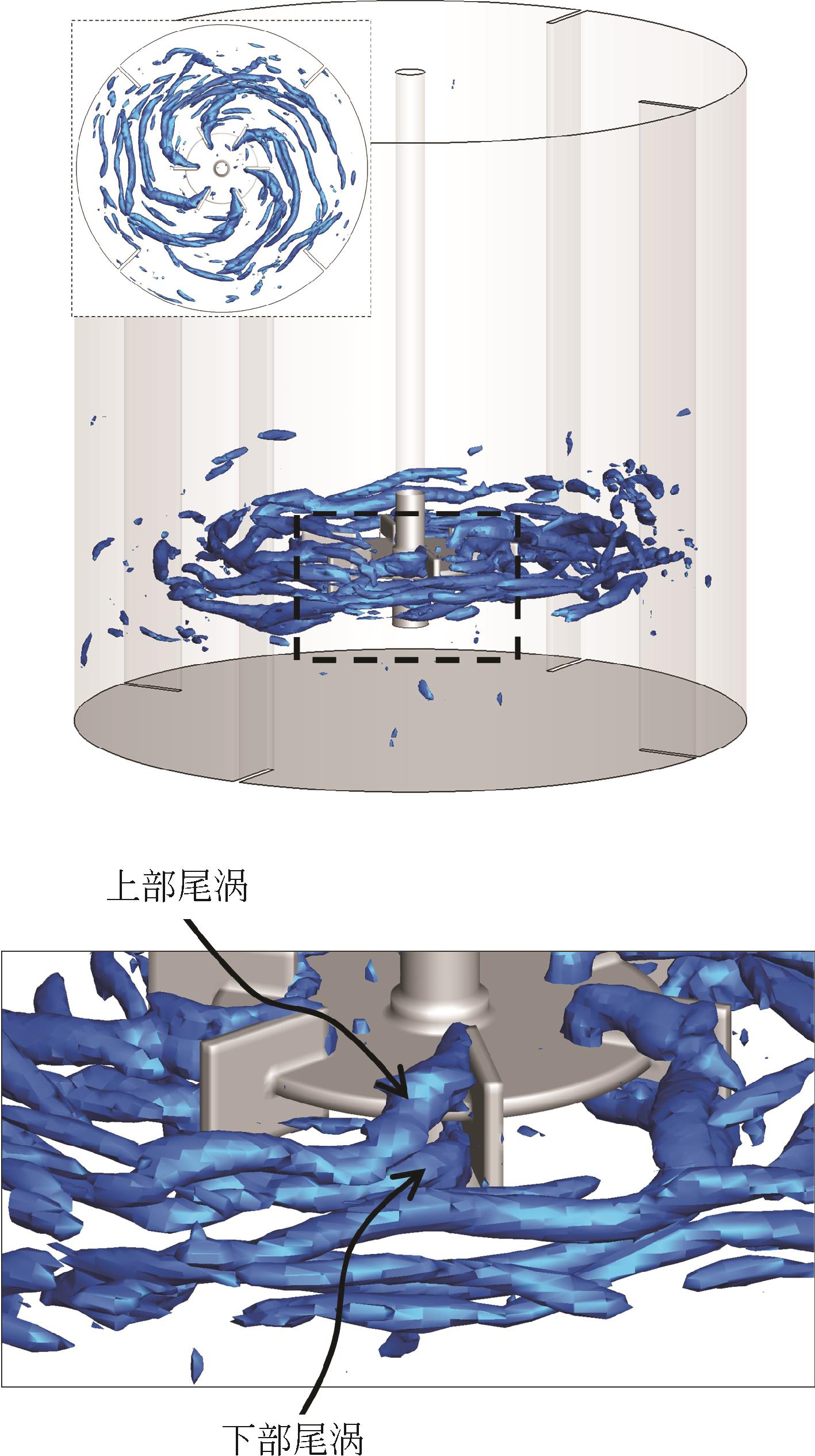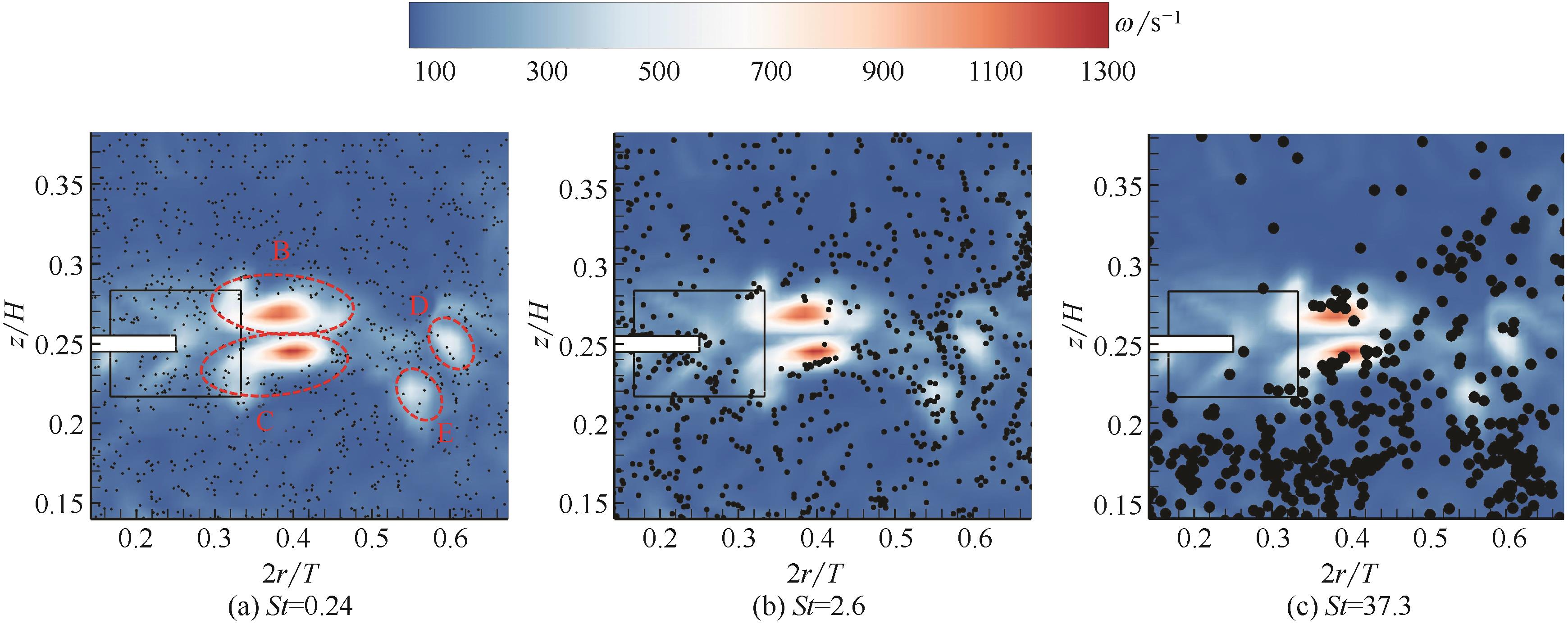| 1 |
黎义斌, 梁开一, 歹晓晖, 等. 搅拌反应器气液两相流混合过程的涡旋效应数值模拟[J]. 化工进展, 2021, 40(1): 99-110.
|
|
LI Yibin, LIANG Kaiyi, DAI Xiaohui, et al. Numerical simulation of eddy effect in the mixing process of gas-liquid two-phase flow in stirred reactor[J]. Chemical Industry and Engineering Progress, 2021, 40(1): 99-110.
|
| 2 |
李文金, 周勇军, 袁名岳, 等. 几种框式桨搅拌槽内流动特性的比较研究[J]. 化工学报, 2021, 72(4): 1998-2005.
|
|
LI Wenjin, ZHOU Yongjun, YUAN Mingyue, et al. Comparative study of flow characteristics in a stirred tank with different types of frame impellers[J]. CIESC Journal, 2021, 72(4): 1998-2005.
|
| 3 |
WANG S Y, JIANG X X, WANG R C, et al. Numerical simulation of flow behavior of particles in a liquid-solid stirred vessel with baffles[J]. Advanced Powder Technology, 2017, 28: 1611-1624.
|
| 4 |
张桂夫, 王鲁海, 朱雨建, 等. 基于PIV测量的涡轮流量计响应分析[J]. 仪器仪表学报, 2013, 34(10): 2381-2387.
|
|
ZHANG Guifu, WANG Luhai, ZHU Yujian, et al. Turbine flowmeter response analysis based on PIV measurement[J]. Chinese Journal of Scientific Instrument, 2013, 34(10): 2381-2387.
|
| 5 |
周勇军, 袁名岳, 孙存旭. 改进型框式组合桨搅拌釜内流场特性[J]. 化工进展, 2019, 38(12): 5306-5313.
|
|
ZHOU Yongjun, YUAN Mingyue, SUN Cunxu. Investigating on flow field in stirred tank equipped with improved frame type combined impellers[J]. Chemical Industry and Engineering Progress, 2019, 38(12): 5306-5313.
|
| 6 |
ZHAO Y L, TANG C Y, YAO J, et al. Investigation of erosion behavior of 304 stainless steel under solid-iquid jet flow impinging at 30°[J]. Petroleum Science, 2020, 17(4): 1135-1150.
|
| 7 |
HOSEINI S S, NAJAFI G, GHOBADIAN B, et al. Impeller shape-optimization of stirred-tank reactor: CFD and fluid structure interaction analyses[J]. Chemical Engineering Journal, 2021, 413: 127497.
|
| 8 |
DERKSEN J J. Numerical simulation of solids suspension in a stirred tank[J]. AIChE Journal, 2003, 49(11): 2700-2714.
|
| 9 |
MALIK S, LÉVÊQUE E, BOUAIFI M, et al. Shear improved Smagorinsky model for large eddy simulation of flow in a stirred tank with a Rushton disk turbine[J]. Chemical Engineering Research and Design, 2016, 108: 69-80.
|
| 10 |
HARTMANN H, DERKSEN J J, MONTAVON C, et al. Assessment of large eddy and RANS stirred tank simulations by means of LDA[J]. Chemical Engineering Science, 2004, 59(12): 2419-2432.
|
| 11 |
RAMÍREZ-CRUZ J, SALINAS-VÁZQUEZ M, ASCANIO G, et al. Mixing dynamics in an uncovered unbaffled stirred tank using large-Eddy simulations and a passive scalar transport equation[J]. Chemical Engineering Science, 2020, 222: 115658.
|
| 12 |
TAMBURINI A, CIPOLLINA A, MICALE G, et al. CFD simulations of dense solid-liquid suspensions in baffled stirred tanks: prediction of solid particle distribution[J]. Chemical Engineering Journal, 2013, 223: 875-890.
|
| 13 |
NOURI J M, WHITELAW J H. Particle velocity characteristics of dilute to moderately dense suspension flows in stirred reactors[J]. International Journal of Multiphase Flow, 1992, 18(1): 21-33.
|
| 14 |
LI G H, GAO Z M, LI Z P, et al. Particle‐resolved PIV experiments of solid‐liquid mixing in a turbulent stirred tank[J]. AIChE Journal, 2018, 64(1): 389-402.
|
| 15 |
GIMBUN J, RIELLY C D, NAGY Z K, et al. Detached eddy simulation on the turbulent flow in a stirred tank[J]. AIChE Journal, 2012, 58(10): 3224-3241.
|
| 16 |
SHI Pengyu, RZEHAK R. Solid-liquid flow in stirred tanks: Euler-Euler/RANS modeling[J]. Chemical Engineering Science, 2020, 227: 115875.
|
| 17 |
GONG H, HUANG F L, LI Z P, et al. Mechanisms for drawdown of floating particles in a laminar stirred tank flow[J]. Chemical Engineering Journal, 2018, 346: 340-350.
|
| 18 |
ZHAO Y L, WANG Y Z, YAO J, et al. Reynolds number dependence of particle resuspension in turbulent duct flows[J]. Chemical Engineering Science, 2018, 187: 33-51.
|
| 19 |
LI G H, LI Z P, GAO Z M, et al. Particle image velocimetry experiments and direct numerical simulations of solids suspension in transitional stirred tank flow[J]. Chemical Engineering Science, 2018, 191: 288-299.
|
| 20 |
SHI Pengyu, RZEHAK R. Bubbly flow in stirred tanks: Euler-Euler/RANS modeling[J]. Chemical Engineering Science, 2018, 190: 419-435.
|
| 21 |
CORONEO M, MONTANTE G, PAGLIANTI A, et al. CFD prediction of fluid flow and mixing in stirred tanks: numerical issues about the RANS simulations[J]. Computers & Chemical Engineering, 2011, 35(10): 1959-1968.
|
| 22 |
LU Z Y, LIAO Y, QIAN D Y, et al. Large eddy simulations of a stirred tank using the lattice Boltzmann method on a nonuniform grid[J]. Journal of Computational Physics, 2002, 181(2): 675-704.
|
| 23 |
ZHANG Y H, YANG C, MAO Z S. Large eddy simulation of the gas-liquid flow in a stirred tank[J]. AIChE Journal, 2008, 54(8): 1963-1974.
|
| 24 |
MONTANTE G, BRUCATO A, LEE K C, et al. An experimental study of double-to-single-loop transition in stirred vessels[J]. The Canadian Journal of Chemical Engineering, 1999, 77(4): 649-659.
|
| 25 |
YIANNESKIS M, POPIOLEK Z, WHITELAW J H. An experimental study of the steady and unsteady flow characteristics of stirred reactors[J]. Journal of Fluid Mechanics, 1987, 175: 537-555.
|
| 26 |
胡陈枢. 流化床内流动、混合与反应的多尺度模拟研究[D]. 杭州: 浙江大学, 2019.
|
|
HU Chenshu. Multi-scale modeling of hydrodynamics, mixing and reactions in fluidized beds[D]. Hangzhou: Zhejiang University, 2019.
|
| 27 |
SUN L Y, XU W G, LU H L, et al. Simulated configurational temperature of particles and a model of constitutive relations of rapid-intermediate-dense granular flow based on generalized granular temperature[J]. International Journal of Multiphase Flow, 2015, 77: 1-18.
|
| 28 |
EATON J K, FESSLER J R. Preferential concentration of particles by turbulence[J]. International Journal of Multiphase Flow, 1994, 20: 169-209.
|
| 29 |
YAO J, ZHAO Y L, HU G L, et al. Numerical simulation of particle dispersion in the wake of a circular cylinder[J]. Aerosol Science and Technology, 2009, 43(2): 174-187.
|
| 30 |
YAO J, ZHAO Y L, LI N, et al. Mechanism of particle transport in a fully developed wake flow[J]. Industrial & Engineering Chemistry Research, 2012, 51(33): 10936-10948.
|
| 31 |
LI D, FAN J R, LUO K, et al. Direct numerical simulation of a particle-laden low Reynolds number turbulent round jet[J]. International Journal of Multiphase Flow, 2011, 37(6): 539-554.
|
 ), ZHAO Yanlin, YAO Jun(
), ZHAO Yanlin, YAO Jun( )
)
